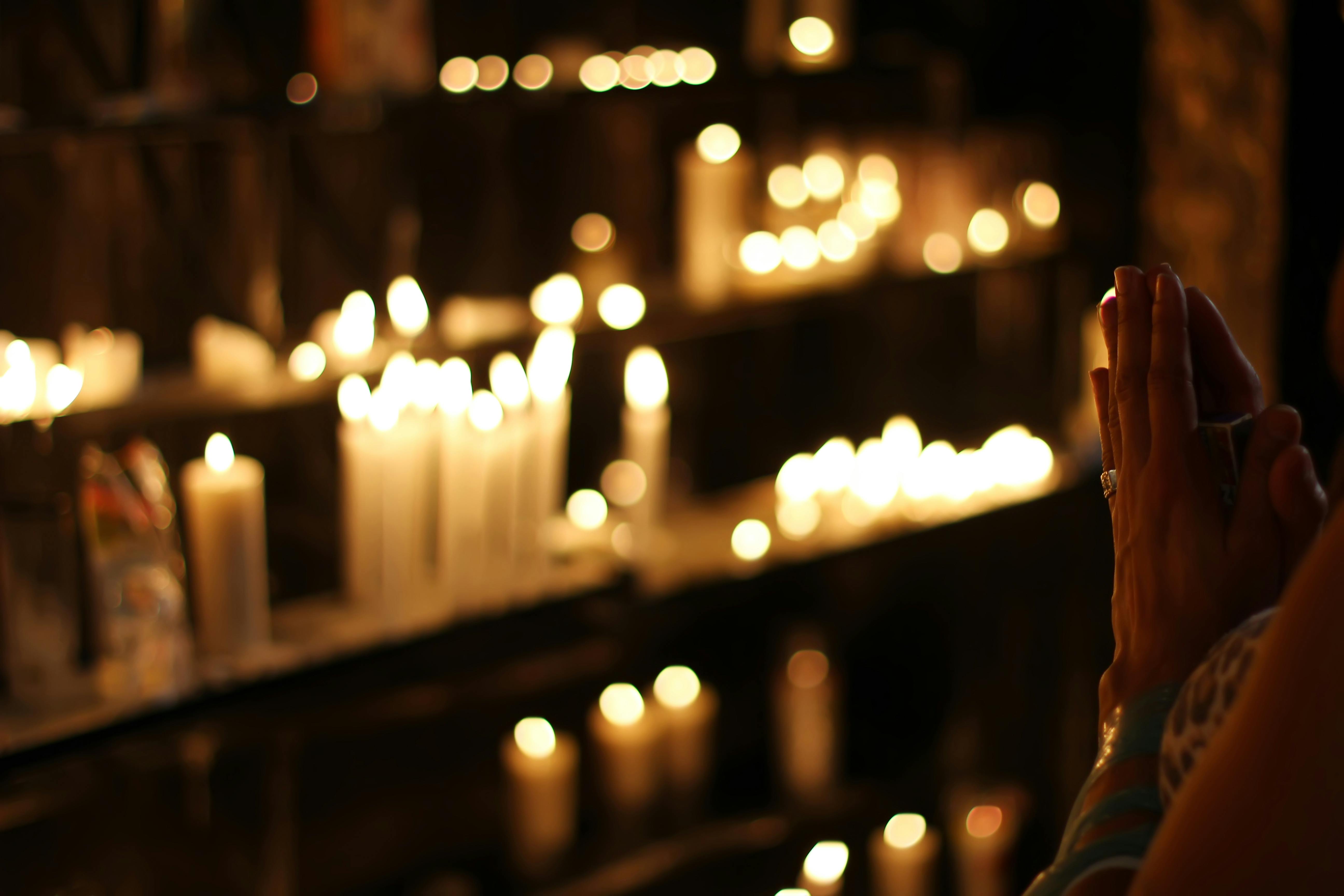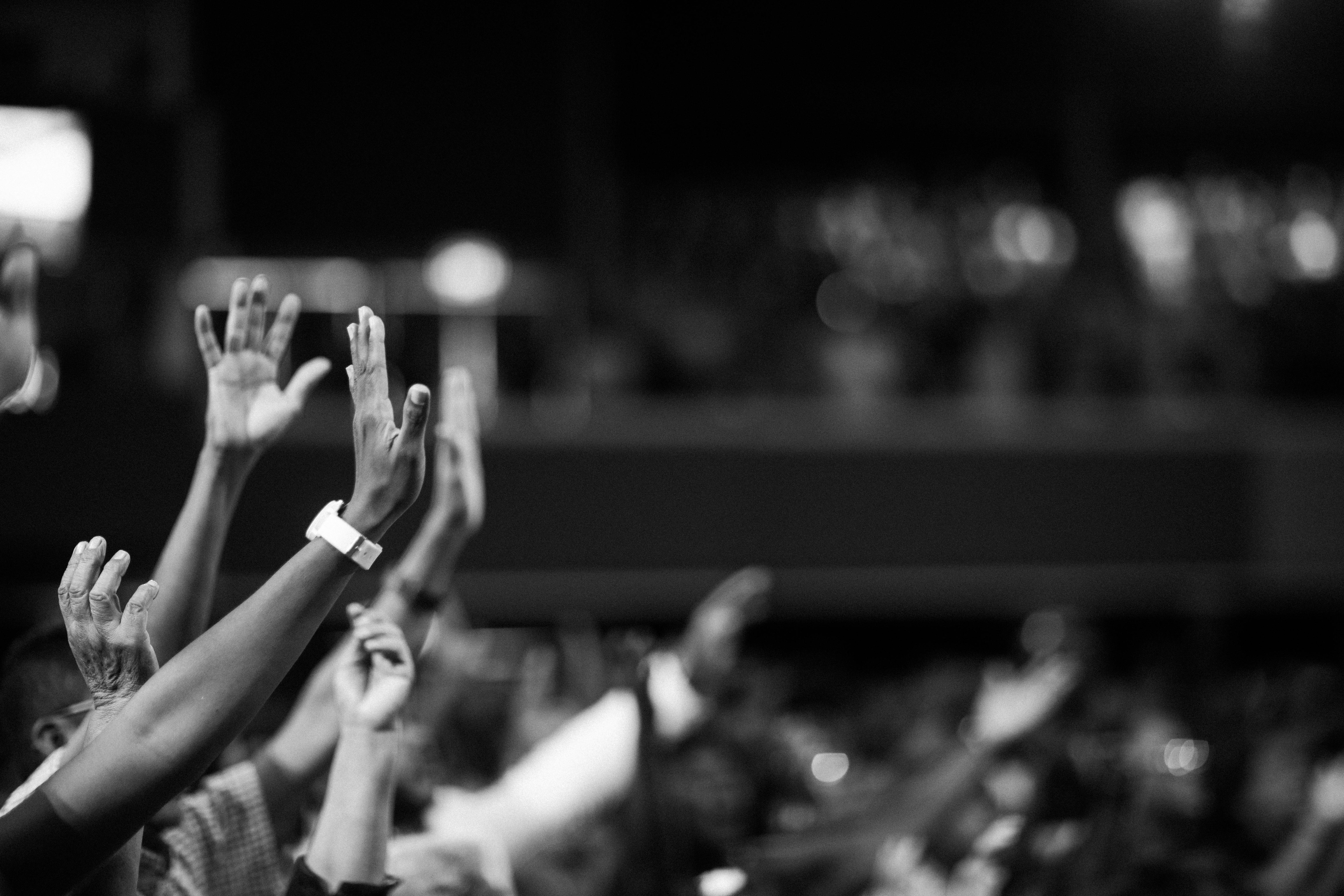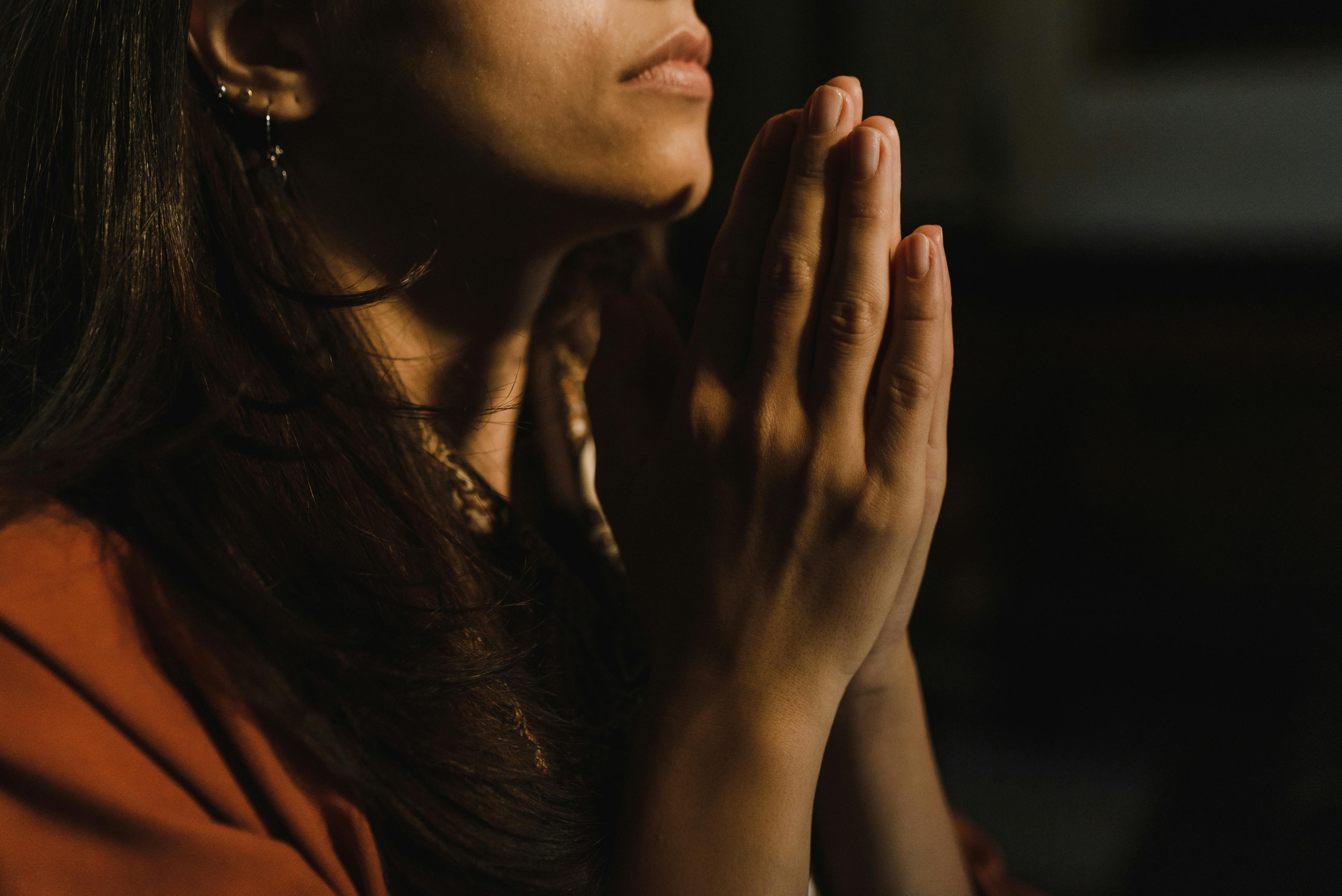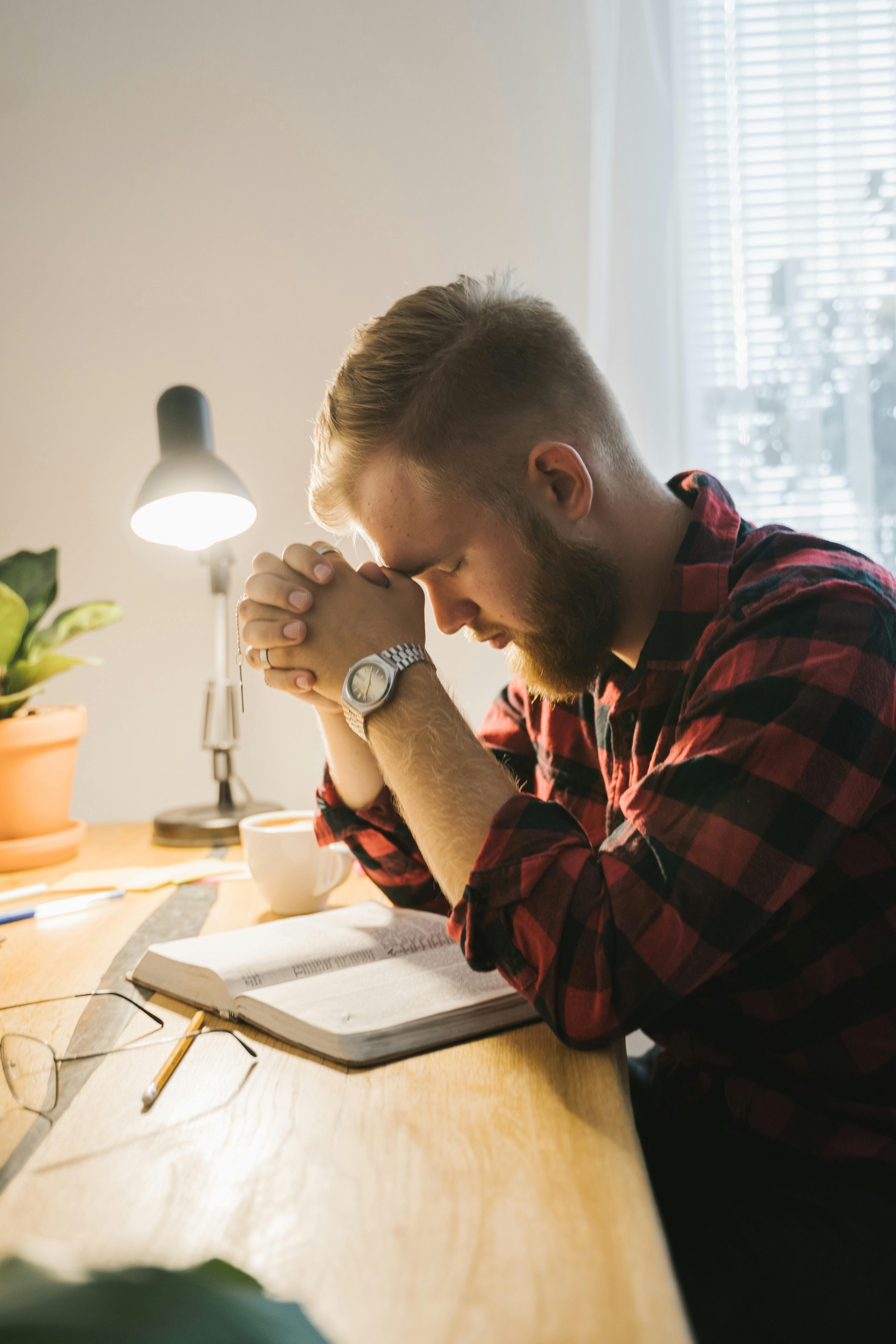Were The Puritans Hypocrites? Christianity And The Atrocities Of Early America

For many generations, historians tended to emphasize the Puritans’ piety, faithfulness, and zeal for liberty—and how these virtues shaped the American experiment—while ignoring atrocities they committed. This valorization shapes how many Christians remember the Puritans today.
More recently, the trend has been to demonize the Puritans, as if their Christianity was mere hypocrisy, a cloak designed to hide their lust for Native land or an ideology to justify their brutal exploitation. Many Americans want their history to play like a Marvel movie: with heroes and villains. Activists and politicians often reduce history to a morality tale to suit their agendas.
Such oversimplifications obscure the moral complexities inherent to history and the real human beings whose stories it seeks to tell. Many Puritans were devout, faithful Christians zealous for liberty and justice. Yet even when they sought to act virtuously, in accord with Reformed theology, they did some terrible things. They were both sinners and saints. In that sense, they were just like us.
That’s why we need to learn their story. We need to see how Christians striving to follow Jesus can fall into grave evils, and seek to learn from their mistakes. We need to see that, through God’s grace and wisdom, the love of Christ somehow advances despite such tragedies.
Pequot War
The colonial enterprise began well enough. During the first years of the Massachusetts Bay Colony, the Puritans established diplomatic and trade agreements with numerous Native peoples. The coastal Natives had been nearly wiped out by epidemics, and those who remained willingly sold the colonists large tracts of land. The Puritan government, in turn, insisted all land must be fairly purchased from the Native leaders, known as “sachems.” True, few Indians expressed much interest in Christianity. But the Puritans expected that would come in due time. While there were a few cases of violence, both sides refrained from using such episodes as an excuse for war.
Many Puritans were devout, faithful Christians zealous for liberty and justice. Yet even when they sought to act virtuously, they did some terrible things.
That changed in 1636 when the Massachusetts Bay authorities, on the advice of their ministers, including the theologian John Cotton, decided to punish the Pequots for killing John Stone, a Virginia trader. Stone was hardly an innocent victim. He was accused of crimes in Boston, Plymouth, and New Amsterdam, and the Pequots accused him of having kidnapped two Indians in the Connecticut River. Nevertheless, the Puritan leaders thought his killers needed to learn something about justice. They dispatched the pious Massachusetts captain John Endecott with a small force. Endecott invaded Pequot territory, broke off a brief effort at diplomacy, and proceeded to burn Pequot wigwams and corn.
The Pequots retaliated the following spring by raiding Wethersfield, a new settlement in the Connecticut Valley, where they killed nine colonists. Puritan military commanders decided to launch a devastating counterstrike against a major Pequot fort known as Mystic.
Attack on Mystic
Puritan forces approached the Mystic palisade around first light on May 26, 1637. Several hundred Pequots lay sleeping in wigwams tightly packed within its walls. None had any idea what was coming. Sixty of the soldiers, led by Captain John Mason, came from the Puritan colony of Connecticut. They approached the northeast gate. Another 20 soldiers under Captain John Underhill, dispatched by the Puritan colony of Massachusetts Bay, prepared to assault the south gate. Some 300 Mohegan, Narragansett, and Eastern Niantic warriors were positioned in support of the Puritan forces, forming a perimeter around the Pequot fort.
The soldiers had been assured that God was with them. Connecticut’s eminent Puritan minister and theologian Thomas Hooker had preached to Mason’s soldiers at Hartford before they embarked on their campaign. They were soldiers of Jesus Christ, he told them. God had called them to defend not only their wives and children but also their freedom to enjoy the precious ordinances of Christ, for which they had come to America in the first place. God also called them to “execute vengeance on the heathen,” whom God “hath condemned for blaspheming his sacred majesty and murdering his servants.”
Conflict Becomes a Massacre
As the soldiers crept forward, a dog started barking. The troops opened fire, surged forward, and stormed the palisade. Yet Pequot resistance proved stiffer than they expected. Within minutes, nearly 20 colonial soldiers were dead or wounded. “We should never kill them after that manner,” Mason concluded. “We must burn them.” And so the soldiers set fire to the wigwams. Then they withdrew, joining their Native allies in the perimeter around the fort.
Flames spread rapidly. Soon Fort Mystic was an inferno filled with screaming men, women, and children. As groups of Pequots fled the palisade, soldiers cut them down. “Down fell men, women, and children,” Underhill recalled. “Not above five of them escaped out of our hands.” Those few who were taken prisoner owed their lives to the colonists’ Native allies. Anywhere from 400 to 700 Pequots were killed.
To Mason, following the theologian Hooker’s cue, it was an act of God. “God was above them, who laughed his enemies and the enemies of his people to scorn, making them as a fiery oven,” he wrote afterward. “Thus did the LORD judge among the heathen, filling the place with dead bodies!” Underhill defended the soldiers’ actions by invoking King David’s example from the Old Testament. The Pilgrim father William Bradford, governor of the Plymouth Colony, declared, “The victory seemed a sweet sacrifice,” and the soldiers “gave the praise thereof to God.”
Massacre Fallout
This killing wasn’t why most Puritans had come to America. This wasn’t what John Winthrop had envisioned when he proclaimed, seven years earlier, that the Massachusetts Bay Colony would be like “a city upon a hill” before the eyes of the nations. Nor was it in the mind of the New England Company’s devout founder, John White, when he encouraged Puritans to emigrate to the new world in his passionate tract, The Planters Plea. White thought the Indians would welcome English protection from hostile rivals, and the English in turn would civilize them and attract them to the “love of the truth,” conquering them for Christ not by sword or cannon but by love and good works.
The official seal of the Massachusetts Bay Colony, inspired by Acts 16:9, featured an Indian imploring the colonists, “Come over and help us.” The colony’s 1629 charter declared that its “principal” purpose was to “win and incite the natives of [the] country to the knowledge and obedience of the only true God and Savior of mankind, and the Christian faith.”
Yet there was no Puritan hand-wringing after the massacre. Puritan leaders didn’t only view the Pequots as belligerent for refusing to accept English justice; they also considered them servants of Satan and interpreted their attack on Wethersfield as a direct assault on Christ’s kingdom. In 1638, Connecticut parceled up the remaining Pequot captives and their land and banned the Pequot nations from further existence. They believed that God had executed his judgment and that most Indians would recognize this and submit to English dominion.
To a significant extent, this is what happened. A renegade Pequot named Wequash, who had guided the colonial forces to Fort Mystic, was so impressed by the power of the English God that he converted to Christianity and began to evangelize his fellow Natives. During the 1640s, numerous local sachems began to subject their people to colonial rule in exchange for English protection and recognition of their land holdings. Massachusetts in turn required them to submit to Christian teaching and Christian laws. Thus colonialism and Christianity advanced hand in hand, inseparable in the minds of English and Indians alike.
Puritan Missionary Efforts
It was the young Puritan minister John Eliot who launched serious missionary efforts among the Natives. He began to study Algonquian languages with the help of a Pequot captive. In 1646, Eliot began preaching to Massachusett Indians at Neponset and Nonantum. He used the Ten Commandments to warn them about God’s coming judgment. Then he told them how they could be saved by believing in Christ. The English were no better than Indians, he admitted. They also needed to turn to Christ for salvation.
It was the young Puritan minister John Eliot who truly launched serious missionary efforts among the Natives.
Over the next few years, Eliot and other ministers organized willing Indian communities into what became known as “praying towns.” The inhabitants, known as “praying Indians,” agreed to govern themselves according to Christian laws. Some of these laws were drawn from Scripture; others reflected English cultural values. Eliot concentrated most of his energy on one new town, Natick, which was established to attract Natives from various other towns. There he trained young Native men to serve as teachers, pastors, and rulers. Natick became famous for its English-style meeting house and other structures built by the Indians. Its way of life synthesized Indian and English customs.
Eliot’s dream was to establish a Native church, but he found this far more difficult than he anticipated. After years of training converts, he gathered English pastors to hear their testimony on October 13, 1652. Yet the event proved a deep disappointment. While the Puritan ministers appreciated the Indians’ zeal, there weren’t enough translators, and they found the Indians’ understanding of theology wanting.
Two years later, with more interpreters present, it went better. The ministers examined candidates for membership and were encouraged by what they heard. Eliot received permission to establish the church. But this time, he cohesitated. What if the Indians fell back into their heathen ways and defamed Christ’s name? Not until 1660 was an Indian church finally established under Native leadership at Natick.
Native American Christianity
Meanwhile, Eliot turned much of his energy toward developing a written Algonquian language so he could publish the Bible and other Christian writings in the Indians’ language. A catechism and a primer were printed in 1654. Portions of the Bible began appearing in 1655, and 1,500 copies of the Algonquian New Testament came off the Cambridge press in 1660, to be followed by the Old Testament. There were even Algonquian editions of classic Puritan works like Richard Baxter’s Call to the Unconverted and Lewis Bayly’s Practice of Piety. A growing number of Indians could read these works.
By then, a generation of Indian men were serving as teachers and pastors to their own people. By 1674, no fewer than 14 praying towns had been established in Massachusetts. Their inhabitants numbered some 1,100 souls. A second church had been organized at Hassanamesit. There were another 10 praying towns and 4 Native churches in the Plymouth Colony and on the islands of Martha’s Vineyard and Nantucket, with a total population of up to 3,400. Massachusetts’s Indian superintendent, Daniel Gookin, was zealous for missionary work, which he considered a “war of the Lord” against Satan. He began drawing up plans to educate English and Indian children in integrated schools.
Sadly, in 1675, it all came crashing down in the cataclysm of war.
Colonial Domination
Time and again, in the nearly 40 years after the Pequot War, the Puritan colonies were on the verge of war with various Native nations. Yet neither side wanted war. On various occasions, when colonial magistrates urged war in response to perceived Native offenses, the clergy called them back from the brink. God called them to be peacemakers, the ministers insisted, and he would by no means bless an unjust attack. At the same time, magistrates and clergy alike supported heavy-handed measures that forced Native peoples to submit to English conceptions of justice. This had been the cause of the Pequot War, and it triggered an even greater war in 1675.
It began in the Plymouth Colony, where Pilgrims and Wampanoags had maintained peace since Plymouth was first established in 1620. As the decades rolled on, larger numbers of Wampanoags accepted Christianity and shifted their allegiance from the leading Wampanoag sachems toward Plymouth. This, in turn, made Plymouth increasingly assertive toward the Wampanoags. By the 1670s, the leading Wampanoag sachem was Philip, whose father, Ousamequin, had shared the first Thanksgiving with the Pilgrims back in 1621. Eliot sent Indian teachers to evangelize Philip, but Philip knew that when Wampanoags became Christians, they inevitably abandoned his leadership. Like many other Indians, he’d come to see Christianity and English colonial domination as inseparable.
Questionable Justice
In 1675, a praying Indian minister named John Sassamon was found dead under the ice of Assawompset Pond. Another praying Indian accused several Wampanoags associated with Philip of murdering Sassamon. While colonial governments typically allowed sachems to handle crimes only involving Indians, this time Plymouth claimed jurisdiction. It established a jury of English and Indians, but only Christian Indians were allowed to serve. Despite having only one witness, they found Philip’s associates guilty, and the men were executed.
Philip considered the trial a sham and feared that Plymouth would come after him next. He began to muster warriors. Plymouth had no intention of arresting Philip but became convinced that Philip’s mobilization suggested he intended to rebel. When Philip’s warriors robbed several abandoned English homes, colonists retaliated by shooting and killing an Indian. Violence bred violence, Plymouth called out troops, and King Philip’s War began. Unlike the Pequot War, this war drew all the region’s peoples into it. While it shook New England to its foundations, it proved disastrous for the region’s Native people.
King Philip’s War
At first, most Indians remained neutral. But the Puritan colonies feared treachery and imposed tough measures to ensure their allegiance. Such policies repeatedly drove neutral Indians into Philip’s camp. The mighty Narragansetts, whom the English had long mistrusted, maintained their neutrality for half a year. At that point, the Puritan colonies launched a brutal preemptive invasion that cost hundreds of lives and dramatically expanded the war.
Most praying Indians were sufficiently invested in Christianity to align themselves with the English, although some supported Philip’s cause. Yet for a growing number of terrified and embittered colonists, the fact that this group were Indians meant they couldn’t be trusted. The situation deteriorated as colonial vigilantes murdered praying Indians, burned their wigwams, and destroyed their crops. Finally, even as winter approached, the magistrates decided to move the praying Indians to desolate islands in Boston harbor where there was little food and no shelter.
Much suffering and many more defeats occurred before the Puritan authorities realized how foolish they’d been. They needed Indian allies if they were going to win the war. During the spring of 1676, Christian Indians were again recruited for military service, and those who had been suffering on the islands were returned to the mainland. In the following months, a coalition of English and Indians gradually defeated Philip and his allies. Thousands of Indians were killed, hundreds were sold into slavery, and many more were driven from the region. Those who remained were relegated to reservations.
Conflicted Puritan Legacy
Many Puritans interpreted the war as a conflict between Christians and heathens. True, some ministers also described the war as God’s judgment on his people for various sins. Yet they assured the people that if they repented and recommitted themselves to God, God would fight for them and destroy their enemies. They described the conflict as a “war of the Lord” in which God’s people were defending Christ’s kingdom from the attacks of Satan’s servants.
Yet many colonists, including some ministers, continued to judge Christian Indians in racial terms. The fact that praying Indians had been loyal and shared a common faith with them mattered less than the fact that they were Indians. All Indians, whether Christian or not, were suspected of treachery. All Indians were impoverished and marginalized. They were second-class inhabitants of white-controlled New England.
Despite such poor treatment, New England’s Indians continued to convert to Christianity throughout the 18th century. In that sense, the Puritan dream for New England was realized. Yet the process had been far more violent and brutal than anyone expected. As Gookin recognized, praying Indians had experienced sufferings much like those of Christ. Gookin’s attempt to tell their story wasn’t published for many decades. Today, few Christians are aware of it, let alone of how many Puritan colonists contributed to Indian suffering.
Grappling with the mixed legacy of our forebears in the faith is essential if we’re to engage honestly and constructively in conversations about America’s troubled history.
Grappling with the mixed legacy of our forebears in the faith is essential if we’re to engage honestly and constructively in conversations about America’s troubled history. It also pushes us to reflect on how our own cultural or political assumptions might distort the way we live out the gospel.
That God fulfills his gracious purposes despite our moral failures is a cause for thanksgiving. It’s also a much-needed reminder that Christians need continual transformation into Christ’s image.


